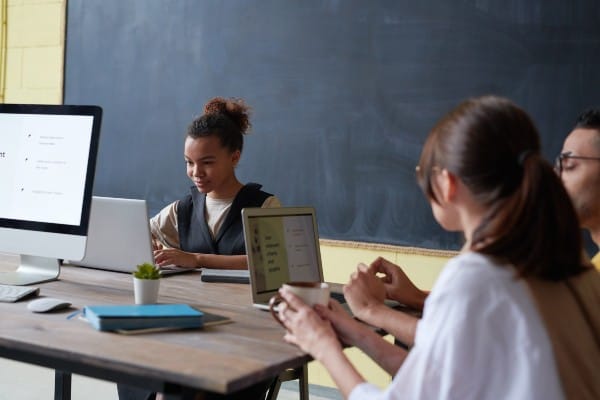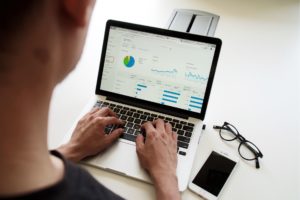
We are a reader-supported education publication. When you buy through links on our site, we may earn an affiliate commission to help us keep providing content.
Anyone involved in the education sector knows how much the modern classroom is changing. Districts nationwide have or are considering adopting emerging educational technologies to create next-generation digital learning opportunities.
The abrupt transition to remote learning due to the COVID-19 pandemic presented several challenges. Still, it also provided insight into how much technology can facilitate student learning. Videoconferencing tools, software solutions, and in-class hardware became essential during the pandemic and now show no sign of slowing down.
Integrating new technology into the classroom is no easy feat, especially if you do not understand how new tech works or how to use it properly. Thankfully, the SAMR model will come in handy and allow you to have an easier time with integration.
What Is the SAMR Model?
The SAMR model is a powerful tool developed in 2010 that can help K-12 educators think critically about technology integration. The acronym represents four tiers of online learning: substitution, augmentation, modification, and redefinition.
The tiers are organized in order of their sophistication and power to transform. In other words, you can focus on substitution and augmentation when integrating technology into your teaching style. Then, you would eventually move on to the modification and redefinition tiers.
Below is more information about each tier level of the SAMR model.
Substitution
In this context, substitution means you can focus on replacing traditional activities and materials with digital alternatives. Ultimately, the content you teach is the same but is delivered to students in a unique digital format.
Augmentation
The augmentation level of the model involves using digital elements in the classroom, such as multimedia, hyperlinks, and online forums. Like the substitution level, your content remains unchanged, but you augment your delivery method with new technologies.
Modification
In this stage, you can use a learning management system to handle all aspects of the job. With these tools, you can check grades, assign tasks, review projects, message students, and create an agenda. These systems make it much easier for you to track student performance than manually record information.
Redefinition
The last tier is redefinition, and as its name suggests, you would essentially use technology to redefine and transform how your students learn. You can use technology to set up activities that were previously impossible in the classroom. The redefinition stage involves bringing in new experiences for students to keep them engaged and excited about the curriculum.

Tips for Using the SAMR Model
It’s OK to feel overwhelmed about technology integration, especially if you’re a seasoned teacher. Thankfully, you can rely on the SAMR model for guidance on integrating tech into the classroom. Here are a few examples of how you can use it in practice.
1. Substitution
In the substitution phase, you can scan worksheets, create PDF versions or record in-class lectures. The main goal is to use technology to take over some of the tasks students would usually perform before computers entered the classroom.
2. Augmentation
Augmentation allows you to gamify quizzes or have your students work on creating multimedia presentations. For example, you can use tools like Google Forms to gain feedback from pupils or leverage guided lessons on an educational computer program.
3. Modification
This is the first step you’ll take to transform the classroom, not just integrate a few pieces of technology here or there. You can modify the curriculum by moving most tasks to an online learning management system. Canvas, Google Classroom, Blackboard, Moodle, and Schoology are some examples of useful tools that will prove useful in your classroom.
4. Redefinition
Lastly, you can use the latest technologies to create novel learning experiences and activities for your students. This could mean signing up for virtual field trips, which were highly popular during the pandemic. Other examples include using virtual reality (VR) headsets and software to immerse your students in a fascinating learning environment.
If you teach in the public school system, convincing your superiors to pay for these expensive technologies may be challenging. Because most technologies have high upfront costs, administrators may hesitate to hand over funds. On the other hand, teachers in private schools may find it easier to pay for VR hardware and software.
The SAMR model can help you better understand technology integration regardless of where or how you teach.
Using the SAMR Model to Make Tech Integration a Breeze
Many educators like yourself know how critical it is to use technology in the classroom. However, learning what tools are available and how they can be used to improve students’ learning outcomes is what truly matters.
Tech is only helpful when it’s used effectively. If you’re a teacher trying to leverage the latest technologies, consider using the tips above to simplify tech integration.









